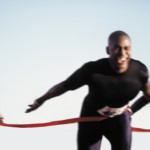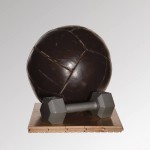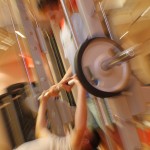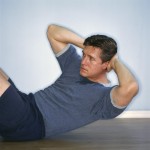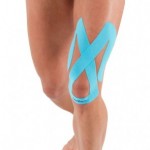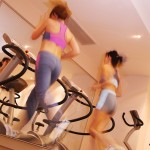 Enthusiasm and passion for health and fitness is contagious, CATCH IT!
Enthusiasm and passion for health and fitness is contagious, CATCH IT!
Join #HealthyWayMag Fitness Chat every Monday at 5pm(Pacific)/8pm(Eastern) on Twitter to find workout support, encouragement, accountability, tips, friends and FUN!
We chat about everything fitness from how to overcome obstacles on your fitness journey, how to recover after a setback, how to set goals, training tips, workout motivation and even specific exercise ideas. We also exchange ideas on gear picks, equipment faves and must-do races for runners, cyclists and triathletes.
Here’s how to join:
1. Log onto Twitter.
2. Enter #HealthyWayMag to follow the chat feed.
3. Interact, chat, have fun and exchange ideas with other participants.
4. Questions are posted as “Q1″. Participate by noting your answer as “A1″.
5. Tag your responses with #HealthyWayMag to allow other participants to see your contribution.
6. SUPER-charge your workout motivation!
Monday June 1, 2015 #HealthyWayMag Fitness Chat Giveaway from ROLL Recovery:
One lucky participant will win a R8 massage roller. Recover faster from workouts with their revolutionary R8 massage roller. Massage is a well known method to not only make your feel better and function better, but to recover from tough workouts and races faster and with greater ease. Using the R8 massage roller reduces inflammation, breaks up adhesions and increases blood circulation. It’s portable, easy to use and the benefits are instant. Join their Facebook community and follow them on Twitter to learn more about how they can help make YOUR fitness better. Bookmark www.rollrecovery.com!
 Subscribe
Subscribe